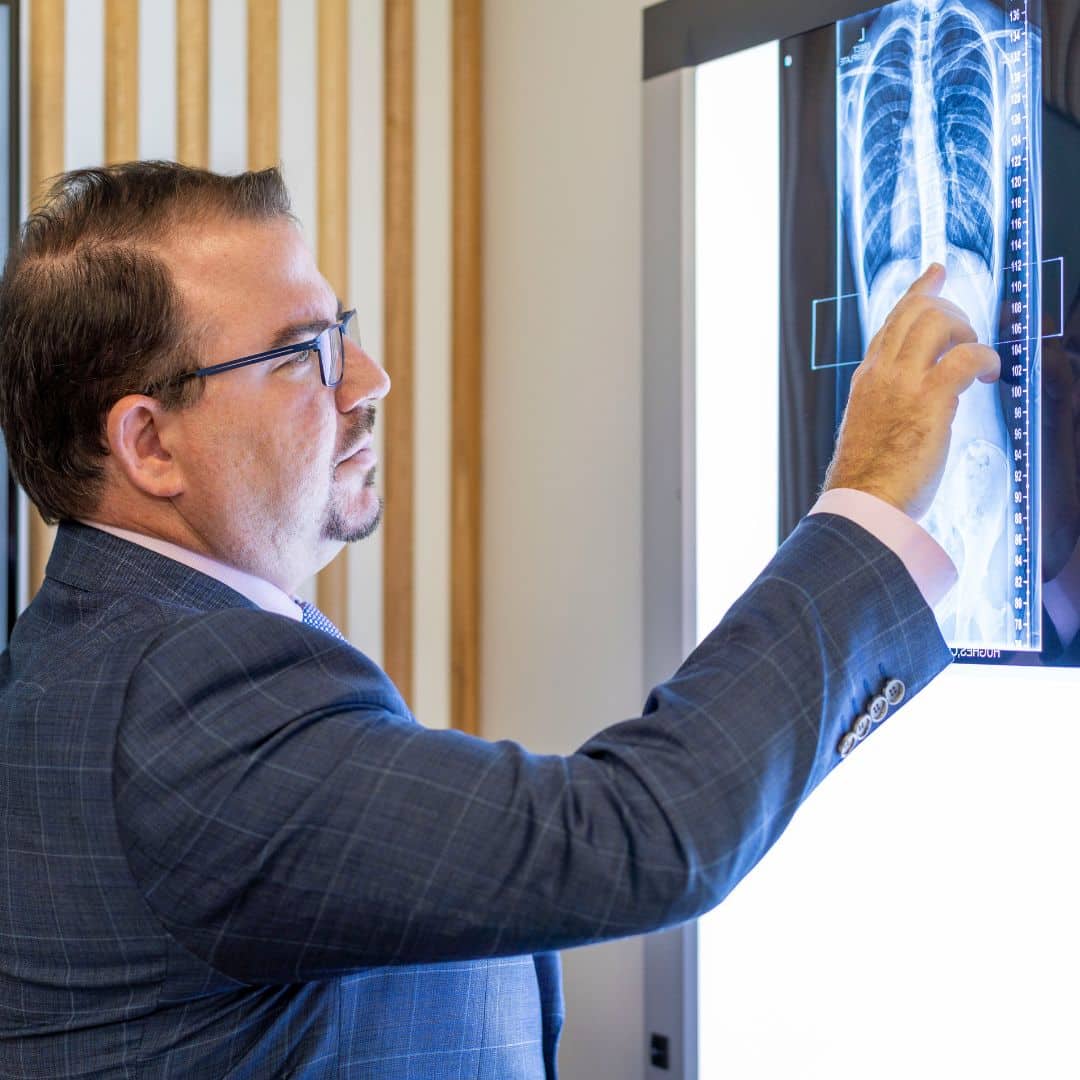Background
The risk factors for progression of idiopathic scoliosis are an important part of the history for a clinician and a patient. When dealing with adolescents in particular, there needs to be discussion around the predictive factors for progression so that parents and children can make an informed decision about treatment options. A systematic review by Lenz et al, (1) investigated the patient-specific and radiological predictive factors for curve progression in adolescents with idiopathic scoliosis.
Outcomes

This systematic review summarised the current state of knowledge in regards to progression of scoliosis. The top five list of identified risk factors influencing curve progression were:
- Curve magnitude (initial presentation)
- Skeletal maturity (Risser, SMS, proximal humerus, distal radius/ulna)
- Curve location (thoracic and double thoracic curve
- Age
- State of menarche.
Curve magnitude was the most relevant predictive factor.
Discussion
Idiopathic scoliosis that progresses during adolescence can lead to surgical intervention. An algorithm for risk analysis of curve progression would be an important and useful tool for clinicians and families. The risk factors identified today are not unfamiliar, but the interaction between them and the impact on progression has not been identified. This systematic review summarised the
current literature as the basis for creation of patient specific algorithms regarding a risk calculation for a progressive scoliotic deformity.
Reference:
- Lenz M, Oikonomidis S, Harland A, Fürnstahl P, Farshad M, Bredow J, Eysel P, Scheyerer MJ. Scoliosis and Prognosis-a systematic review regarding patient-specific and radiological predictive factors for curve progression. Eur Spine J. 2021 Jul;30(7):1813-1822. doi: 10.1007/s00586-021-06817-0. Epub 2021 Mar 26. PMID: 33772381.
https://pubmed.ncbi.nlm.nih.gov/33772381/


